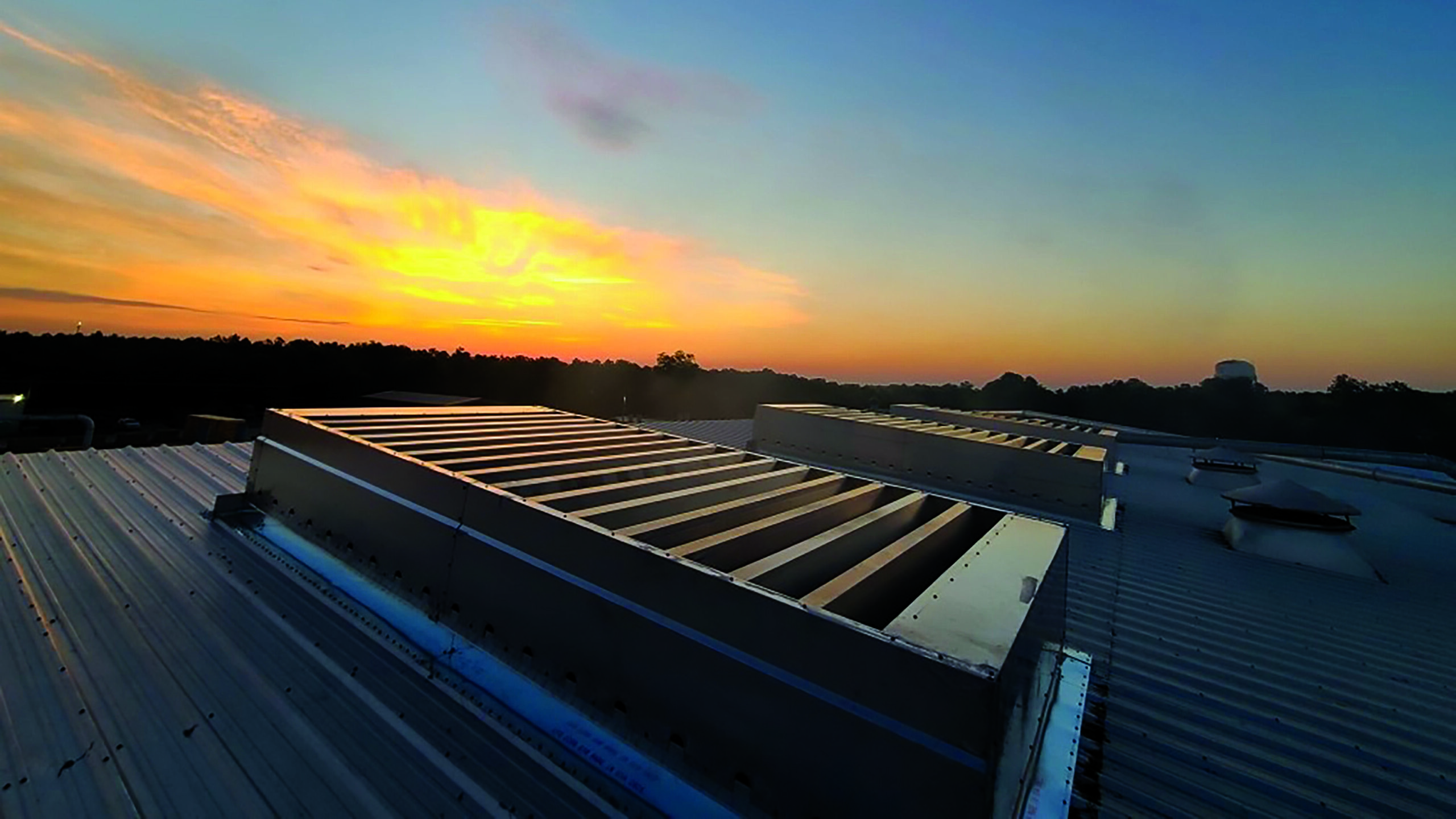What is the Wind Effect Ventilation?
Probably the most generic form of natural ventilation is Wind Effect Ventilation. This is the same as opening a window in your house to feel the breeze come through. It is simply, no-cost, environmentally friendly way to control the air quality inside of a building. Of course, when it is used on a larger scale, with a system calculated by ventilation experts, it can have an even greater impact.
What You Need to Know About the “Wind-Effect”

Lots of large commercial and industrial buildings take advantage of wind-effect or cross ventilation. By taking advantage of naturally occurring air movement, they can remove warm, stagnant air from the inside of a building and replace it with cool, fresh air. When properly implemented, this method can provide year-round comfort for the building and staff.
What is the Wind Effect?
When the wind collides with the side of a b
uilding, different amounts of pressure are exerted upon different sides of the building. The side directly facing the wind experiences the highest force of air and as a result a higher air pressure. Meanwhile, the other side experiences lower air pressure.
This difference in pressure causes the air to move change its pace to seek equilibrium. The air on the higher-pressure side flows towards the air on the lower pressure side at an increased rate. In the ideal case, the low-pressure side is the building’s interior, and the increased rate of air movement is the cooling breeze.
Another opening on the low-pressure side would allow the interior air to circulate outwards to the side with the lower air pressure. This would increase air movement throughout the building and again accelerate the feeling of the breeze.
How Well does Wind Effect Ventilation Work?
The efficiency of this type of natural ventilation is dependent on the direction and force of the wind that day. The Wind is not a consistent medium and there are many varied factors that will determine its behavior daily. The local climate, surrounding structures, and the weather will have an impact on the surrounding wind.
Some cities are windier than others, it’s just that simple. Furthermore, a single building surrounded by many other buildings will see different effects from the wind. The amount of air exchange that can occur within the building will be related to the wind’s speed and how it flows around other buildings in an urban environment. Next, factors such as the shape of the building and its orientation (i.e. is the intake side facing the normal direction of the wind) all affect the impact of the Wind Effect.
The inconsistent and often unpredictable behavior of the wind forces ventilation designers to account for the varying speeds and directions of the wind. However, the wind can also be too strong. It can create uncomfortable conditions or situations that harm the work process. It can be a challenge to direct the wind properly and consistently into the building’s intake area.
Finally, the wind is not easy to control, and the wind effect is hard to take advantage of reliably. Technological advancements, such as CFD computer modeling, make predicting the wind shifts and changes easier. You can never predict the wind 100%, but a good computer model can come close.
The Pros & Cons of Wind Effect Ventilation
PROS
- Relies on the natural elements. (Wind)
- Amazingly effective and very comforting
- Suitable in most parts of the world in most climates.
- No operating costs. Inexpensive cooling.
- No emissions. No energy consumption.
CONS
- Unpredictable factors (speed and direction) make it inconsistent
- Can bring dust or polluted air into a building
- Intense winds can lead to too cold temperatures or disruptive wind gusts.
It is important to weigh the Pros and Cons of wind effect ventilation. See if your building can take advantage of this powerful and free cooling method. Call Moffitt today to see if your facility can take advantage of this environmentally friendly ventilation method and start saving today.
